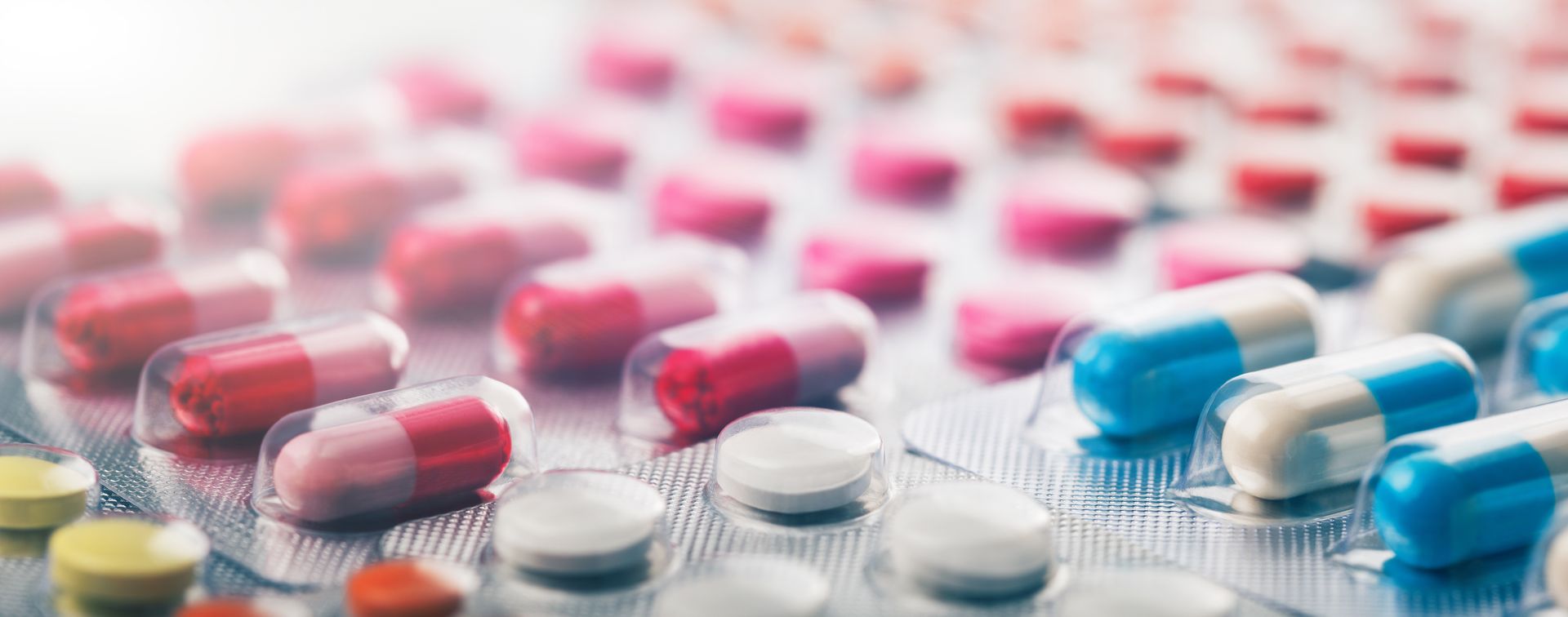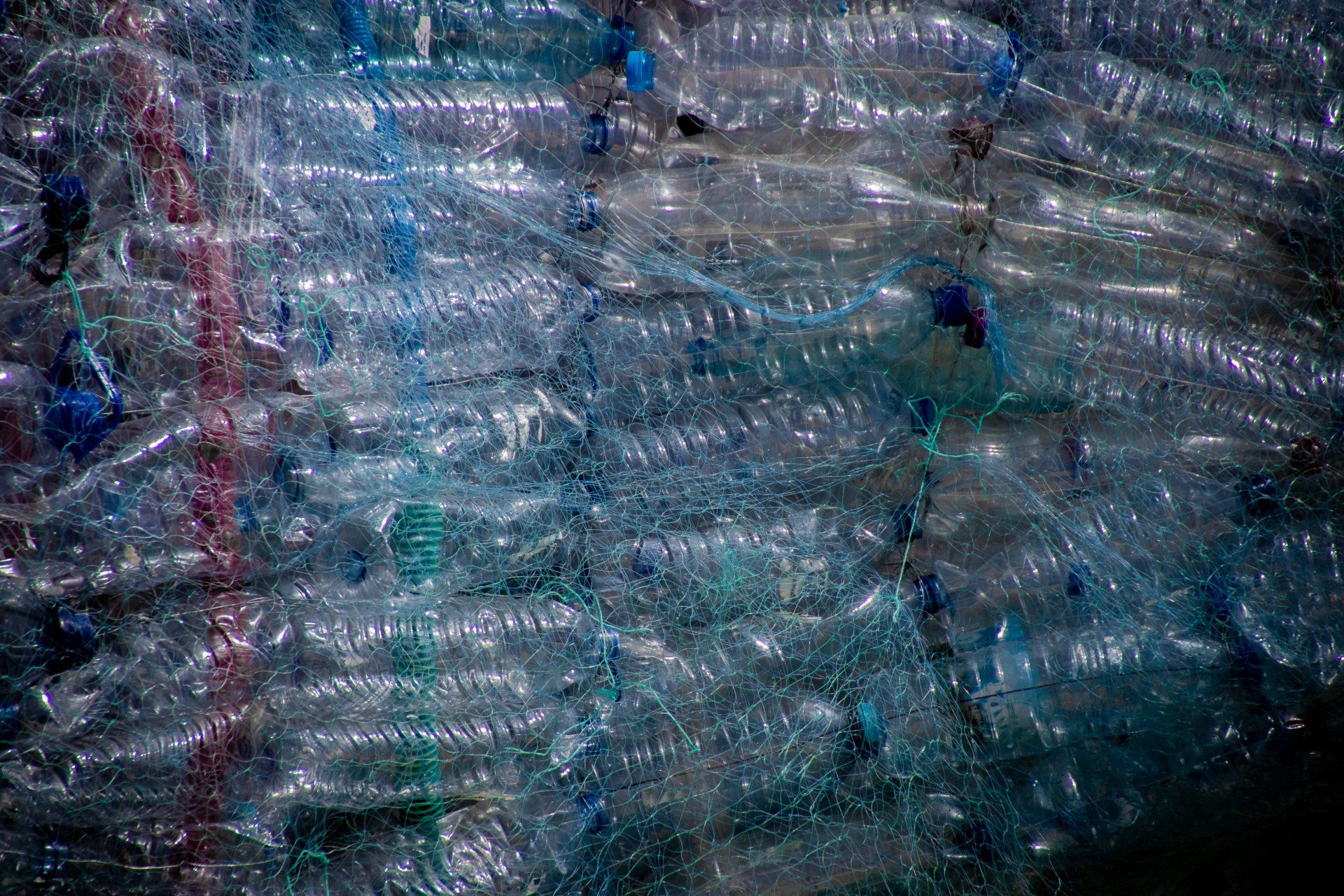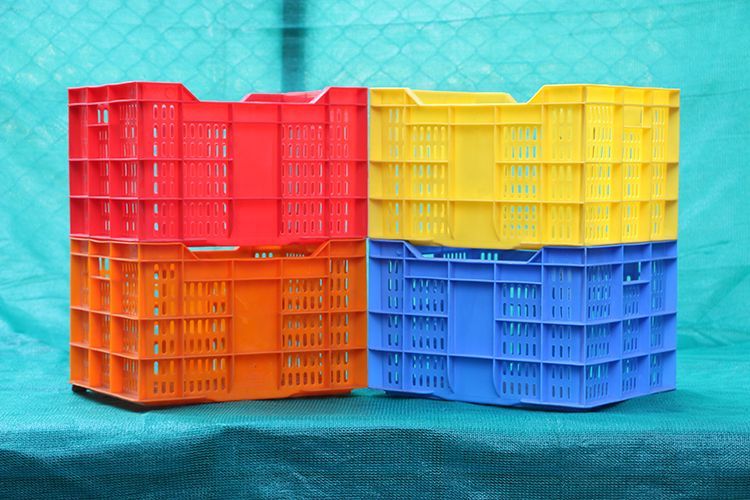Some cannot live without it, most don’t really care, and some cannot stand it - whichever side you’re on - you cannot avoid plastic. It is everywhere - in your laptop, washing machine, phones, shoes and toothbrushes.
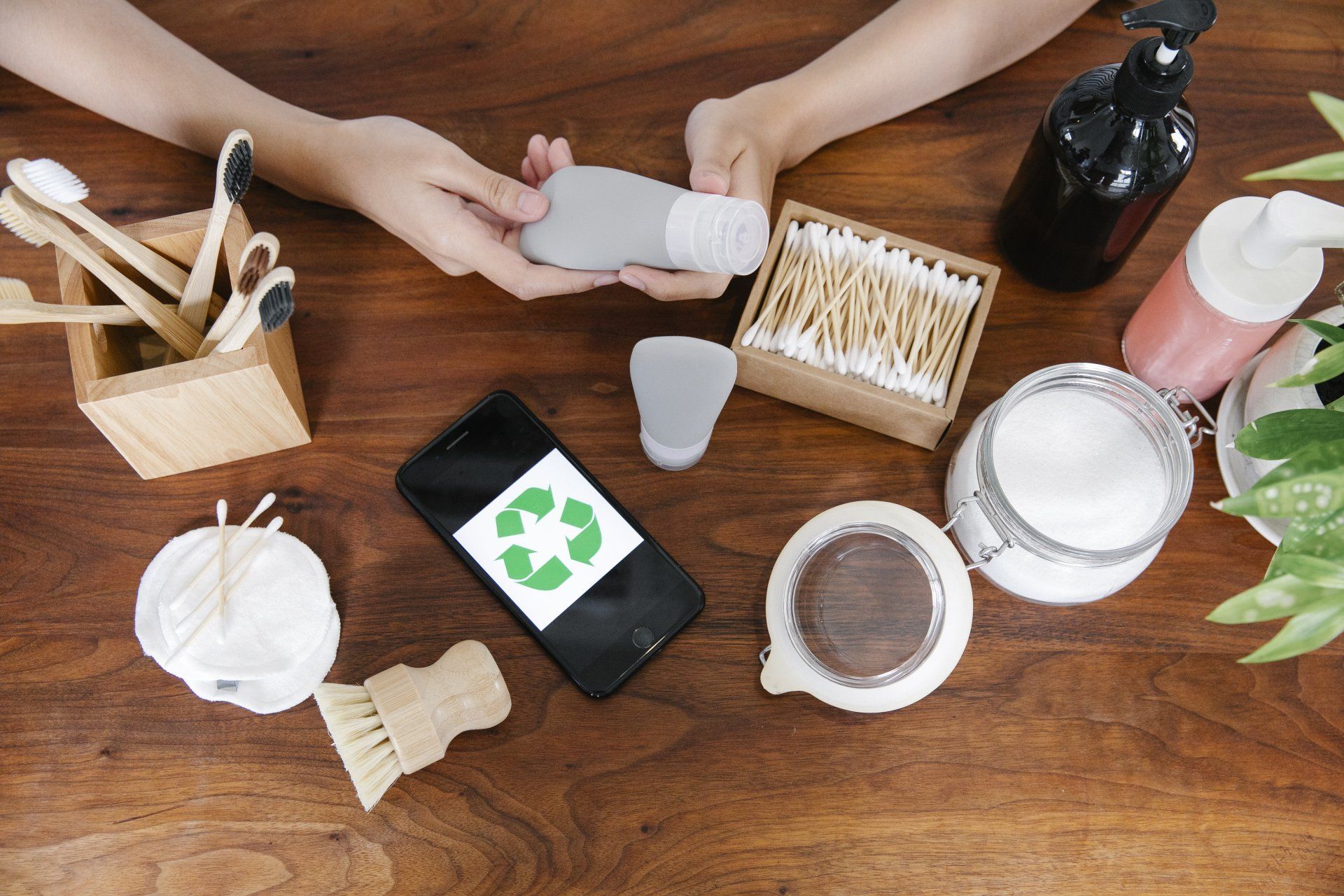
John Wesley Hyatt created the first synthetic polymer in 1869. The invention of which, freed us from the constraints of nature. Where once industries were restricted to using wood, metal, stone, bone, tusk, and horn, we had finally created a brand new material that was durable, and stronger than any other naturally occurring polymer such as cotton, starch, and rubber, that were already in use. Plastic was a revolution. It was is far more versatile and reliable - capable of being moulded into multiple shapes and forms. Quickly, its usage became wide and varied. Initially the material was advertised as the saviour of the elephant and the tortoise - an upgrade from ivory. Plastics could protect the natural world from the destructive forces of human need. We never imagined we would be on the brink of a disaster caused by the overconsumption of plastics.
So what is Plastic?
It is a chain of molecules (polymers) that are strung together in a repetitive format - to give it the typical ‘plasticky’ feel. It is, obviously, not a naturally occurring material, which explains why it does not fit into the eco system and takes anywhere between 500 to a 1000 years to decompose, that too, is an assumption. Plastic is virtually indestructible.
Can we get rid of plastic entirely?
The answer to that, right now is sadly, no - as a material plastic is easy to access, lightweight, stable and sturdy, making it a suitable option in manufacturing across several industries. The real issue is, integrating it into a circular economy - which is where Recycling comes into the picture.
Why should we Recycle plastic?

Plastic products generate approximately 30 million tons of waste each year. Most of this ends up in land fills. Along with polluting our planet - it kills over a million marine animals and millions of sea birds each year, due to oceanic pollution. Unless we take up recycling plastic waste seriously, this figure could go higher. Which means our land and water both face a very grave threat of plastic poisoning.
Not all types of plastic are completely recyclable. Plastics such as Styrofoam, trash bags, zip pouches, bubble wrap, cereal box plastic, clear plastic wrap, potato chips bags, some department store plastic bags, candy wrappers, are some types that cannot be recycled and others can only be recycled a certain number of times before becoming junk.
Recycling plastic has a positive ripple effect on manufacturing businesses across verticals and helps redress several issues plaguing the environment.
Here are some simple benefits of using recycled plastic:
Types of plastic and what they can become post recycling:
List of Services
-
Shampoo bottles and high-grade Plastic ContainersList Item 1
When recycled, can make new bottles and containers, plastic lumber, picnic tables, lawn furniture, playground equipment, recycling bins and more.
-
Plastic Bags and WrapsList Item 2
When recycled, plastic bags and wraps can made into plastic lumber that is used to make park benches, backyard decks and fences – even playground equipment. They also can be recycled into new plastic bags – and then recycled again.
-
BottlesList Item 3
When plastic bottles are recycled they can be made into lots of things: t-shirts, sweaters, fleece jackets, insulation for jackets and sleeping bags, carpeting and more bottles.
It takes about 10 bottles to make enough plastic fibre to make a new t-shirt.
It takes 63 bottles to make a sweater.
It takes only 14 bottles to create enough insulation (fibre fill) for a ski jacket.
-
Bottle capsList Item 4
What can they become? Plastic bottle caps can be recycled into batteries for your car, garden rakes, storage containers, reusable shopping bags, yarn, ropes, brooms and more bottle caps.
-
Foam packing
Innovative recycling programs can take foam packaging and turn it into plastic products such as insulation, picture frames, building products for your home, and more foam packaging.
We cannot get rid of plastic entirely right now. There are currently approximately 7 billion people on the planet - if each person decides to monitor their plastic consumption, we can make a huge difference to the quality of each living being’s life on the planet. Every human being matters. Every effort counts.
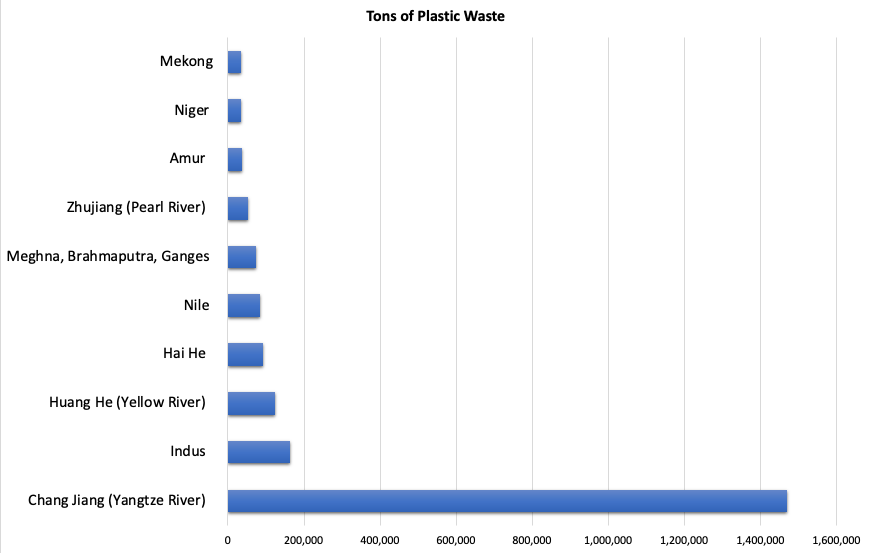
These 10 rivers carry over 90% of plastic waste into the oceans.
Data from “Export of Plastic Debris by Rivers into the Sea” by Christian Schmidt, Tobias Krauth, and Stephan Wagner, published in Environmental Science & Technology (2017)
